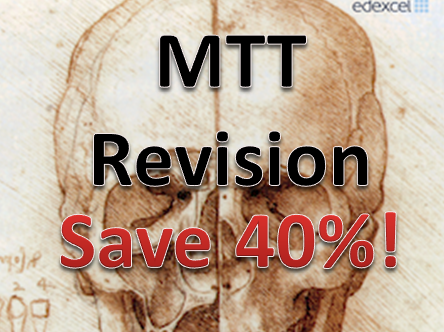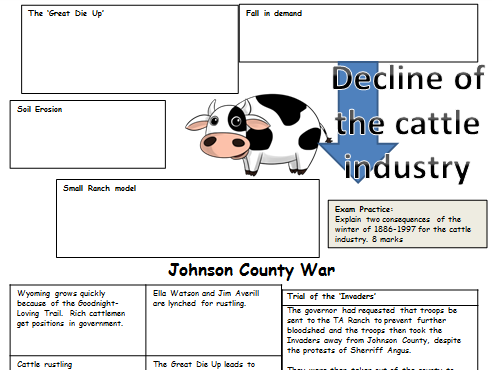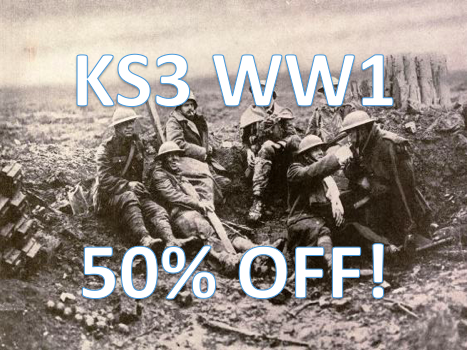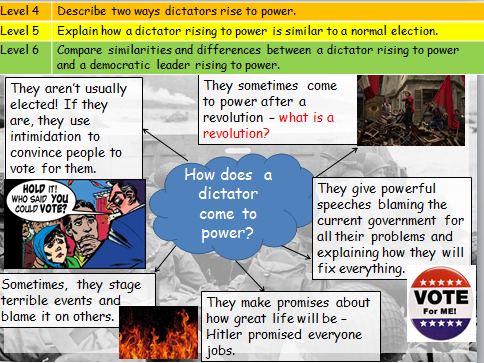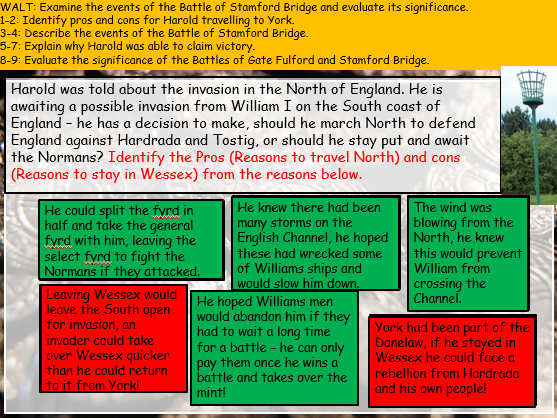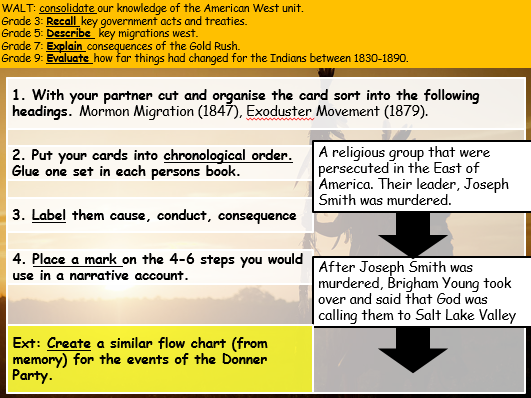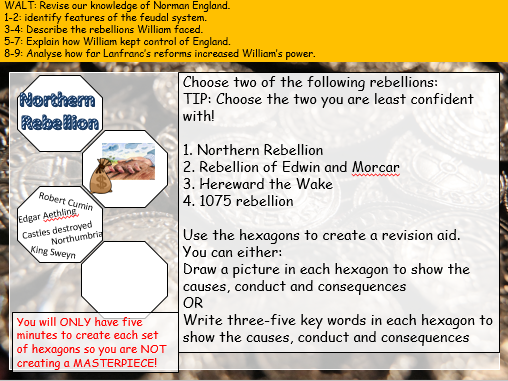
177Uploads
79k+Views
24k+Downloads
All resources
Bundle

Medicine Through Time Revision Bundle
Five sessions that cover revision for the Medicine Through Time unit.
Each session comes with a worksheet for pupils to create that they can take home to revise from.
Sessions include:
Medieval medicine 1250-1500
Renaissance medicine 1500-1700
Early Modern medicine 1700-1900
Modern medicine 1900-2000
WW1 Medicine in the trenches (Historic environment) 1914-1918

Cattle Industry (Rise and Decline): REVISION American West
Part of a series of revision sessions that provide pupils with an overview of the American West unit prior to examination.
As part of this revision session pupils will revise:
Changing role of the Cowboy
Rise of cattle industry and key individuals
Decline of the cattle industry
Johnson County War: Causes, conduct, consequences
Possible examination questions
Bundle

Indian Wars bundle (American West (Edexcel history 9-1))
This bundle includes lessons that cover the Indian wars as well as reservations.
The lessons include focus on cause, conduct and consequence in preparation of Paper Two (Edexcel 2016 specification). There is a focus on developing the skills required to answer the narrative account, importance and consequence questions.
Bundle

KS3 WW1 bundle
Four lessons that introduce KS3 pupils to WW1 whilst building skills towards KS4. Focus on analysis, evaluation and source work throughout the scheme of work.
Pupils will be introduced to propaganda as well as contemporary evidence from the period.

REVISION Saxon England (Anglo-Saxon and Norman England (Edexcel 9-1))
This revision session is part of a series of sessions aimed at building pupils knowledge and understanding of the Anglo-Saxon and Norman England unit for Edexcel 2016 specification.
As part of this session pupils will gain an overview of:
Saxon society
Edward the Confessor and the kings power
Law and order
Economy
Power of the House of Godwin
The Normandy Embassy
The Revolt against Tostig 1065

Elizabethan England: Who should marry Elizabeth I?
Suitors lesson in which pupils study ‘dating profiles’ before creating a speech to deliver to a ‘real life’ Elizabeth in a hot seat style activity. Pupils can then vote on who is the most convincing match or the pupil pretending to be Elizabeth can choose.
Pupils will explore reasons why Elizabeth didn’t want to marry and why her advisors pressured her to do so as well as exploring who wanted to marry her and why.
All tasks fully differentiated for LA, MA and HA.

WW2 Dictators
A whole lesson with worksheets and fully differentiated that compares Tojo, Hitler and Stalin.
Pupils identify what a dictator is and who the three men are
They describe/explain how a dictator is able to rise to power
Compare similarities and differences between the three men
Evaluate who changed the most things in their country and why we remember their atrocities rather than the positive changes they made to their countries.
I use this as an introduction to a unit on WW2 to provide pupils with some context into the political landscape of the world prior to the start of the war.

Elizabethan England: Events of the Spanish Armada 1588 (Narrative Account skills lesson)
WALT: Explain why Phillip launched the Armada
Level 3: identify key features of weapons used during the battle.
Level 4: describe the events of the battle in detail.
Level 5: Explain why Elizabeth won the battle.
Level 6-7: Evaluate the reasons for the victory and which part of the narrative was most important.

Edward the Confessor (Edexcel 9-1: Anglo-Saxon and Norman England)
This lesson is designed as a skills building case study to help introduce the Normans unit.
Pupils will be introduced to life in Saxon England and the power of the house of Godwin.
They will build towards answering a how useful question to embed paper one and paper three skills.
Gives later opportunity to compare when analysing the control of William. Edward didn’t raise taxes or take land from the earls, so a good link to allow pupils to understand why Saxons were so upset and angry following 1066.

The Battle of Stamford Bridge (Anglo-Saxon and Norman England (Edexcel 9-1))
WALT: Examine the events of the Battle of Stamford Bridge and evaluate its significance.
1-2: Identify pros and cons for Harold travelling to York.
3-4: Describe the events of the Battle of Stamford Bridge.
5-7: Explain why Harold was able to claim victory.
8-9: Evaluate the significance of the Battles of Gate Fulford and Stamford Bridge.
Pupils evaluate whether Harold should have travelled to York before watching a video that examines the events of Stamford Bridge (Video worksheet included) they then explain the main reason that they think Harold won the battle before evaluating the impact the battle may have on the Battle of Hastings.

End of unit consolidation, mock, and improvement lesson (Edexcel History American West 9-1)
Consolidation:
Pupils will match up key acts and treaties as a quick recall activity
Then they will create two narrative account timelines for Mormon and Exoduster movements.
Consider consequences of the Gold Rush before explaining in detail why each feature of the Boom Towns lead to law and order problems.
Finally, pupils will evaluate how far things had changed for the Indians using acts and treaties to explain whether there were any significant turning points.
Mock attached, follows next lesson.

I'm a Historian! Ice Mummies Investigation (What is history? (KS3))
This lesson is set up as a pupil led investigation, pupils explore the ‘cave’ to find as much evidence as possible before they run out of time. They then have to use they evidence they have been able to collect to work out what has happened to the Mayan ice mummmy - this lesson is part of a series of lessons that build upon use of sources, interpretations and finally a baseline assessment. These can be found separately or as part of a bundle in my tes shop.
WALT: Investigate the mystery of the ice mummies to come to a conclusion.
L3: identify questions historians need to ask in order to learn about the past.
L4-5: describe key features of the ice mummies and explain what you can learn about the ice mummies from the sources and what clues might mean.
L6: hypothesise what might have happened to the ice mummies.
L6: Create a narrative account analysing the experiences of the Ice Maiden and how she felt.

Source utility (What is history? (KS3))
This lesson builds on knowledge gained during the BIAS (WHAT IS HISTORY (KS3)) lesson which is available in my TES shop.
WALT: use sources to explore Mayan culture and explain how they are useful to a historian.
L3: Recall key facts we learnt last lesson about the Mayans.
L4: describe two things you can infer from a source.
L5: explain why sources written by the Spanish are limited to a historian.
L6: Evaluate sources written by the Spanish to explain why they are useful as well as limited.
Pupils use sources to develop skills to analyse utility. Pupils are provided by WAGOLLs and heavy support to enable them to access the skill - worksheets are available for LA, MA and HA.

Baseline Assessment (What is history? (KS3))
This baseline assessment follows the conclusion of the ‘What is history’ scheme of work that can be found in my tes shop. It is set up to mimic the question types of Paper 3 Edexcel 9-1.
This assessment includes all interpretation type questions - 3b, 3c, 3d.
Bundle

Edexcel 9-1: Anglo-Saxon and Norman England
A bundle of fully differentiated lessons.
Lessons build into a scheme of work for Paper Two Anglo-Saxon and Norman England.
Pupils are given the opportunity to be supported through effective differentiation every lesson and challenged through tasks ranging up to a grade nine every lesson.
There are a variety of WAGOLLs included to give pupils model answers to work from, all tasks are responded to through AFL and there are several longer written responses included to allow teachers to mark pupils written communication.
I have included some revision sessions (labelled REVISION) as a bonus.

The Weimar Constitution (Weimar and Nazi Germany (Edexcel 9-1))
This lesson is part of a unit of work that explores Paper Three, Weimar and Nazi Germany.
Pupils will:
Identify the meaning of the word constitution (using a Freya Model grid)
Describe what the constitution consisted of (see capture, paired task - version of worksheet as a gap fill for lower ability students)
Explain the advantages and disadvantages of the constitution - includes AFL on slide
Develop use of judgement: includes WABOLL, structure strip for LA and differentiated task.

The Lean Years 1924-28 (Weimar and Nazi Germany: Edexcel 9-1)
WALT: Evaluate why the Nazi Party only received 2.6% of the vote in 1928.
Identify the meaning of the phrase ‘ Lean Years’.
Describe features of the period 1924-28.
Explain why circumstances in Germany lead to little support for the Nazis.
Evaluate why the Nazi Party only received 2.6% of the vote in 1928.
Starter: Pupils complete a freya model with the meaning of 'lean years’
Task one: Describe features of the period 24-28 - pupils complete a carousel task, differentiated worksheet and answer sheet provided
Task Two: Explain why circumstances in Germany lead to little support for the Nazis (see cover photo for activity), WAGOLL and answer slide provided to go through with pupils
Task three: Evaluate why the Nazi’s received 2.6% of the vote: Explain why exam question with sentence starters for PEEL structure.

Weimar Germany The 'New' Woman
Fully differentiated lesson about the New Woman in Nazi Germany
Students will:
WALT: evaluate how far women’s lives improved in the 1920s.
Identify visual changes to women by 1925.
Describe how areas of women’s lives changed.
Explain how society reacted to these improvements for women.
Evaluate how far you agree with a statement.
Students complete the screenshotted task before analysing a how far do you agree statement using a ‘agree’o’meter’.
Students are also given the opportunity to look at source work and analyse whether the changes were positive or negative for women.

Treaty of Versailles (Weimar and Nazi Germany: Edexcel 9-1)
Students will:
Identify the terms of the treaty of versaille watching a video and completing a worksheet
Describe whether the terms were fair - guided think pair share activity
Explain how to answer question 3d through use of examiners mark schemes
criticise a model answer to demonstrate what their own work should include
attempt a PEEL paragraph of their own using an interpretation.

Police State (Weimar and Nazi Germany: Edexcel 9-1)
WALT: Explain how the creation of a police state changed things in Germany.
Identify the features of a police state.
Describe how one aspect of the police state worked.
Explain the role played by the Gestapo in keeping control.
Evaluate Hitler and the Nazi Party’s use of the police state.
starter: key words activity
Task one: infer two things from a source, including full mark answer so that pupils can self assess and improve their work.
task two: video activity demonstrating how the police state functions
task three: as seen on cover photo, pupils describe the key branches of the police state and explain how it helped Hitler keep control of Germany.
task four: pupils examine four sources and apply criteria to explain which they feel is most useful for the enquiry (skills building).

